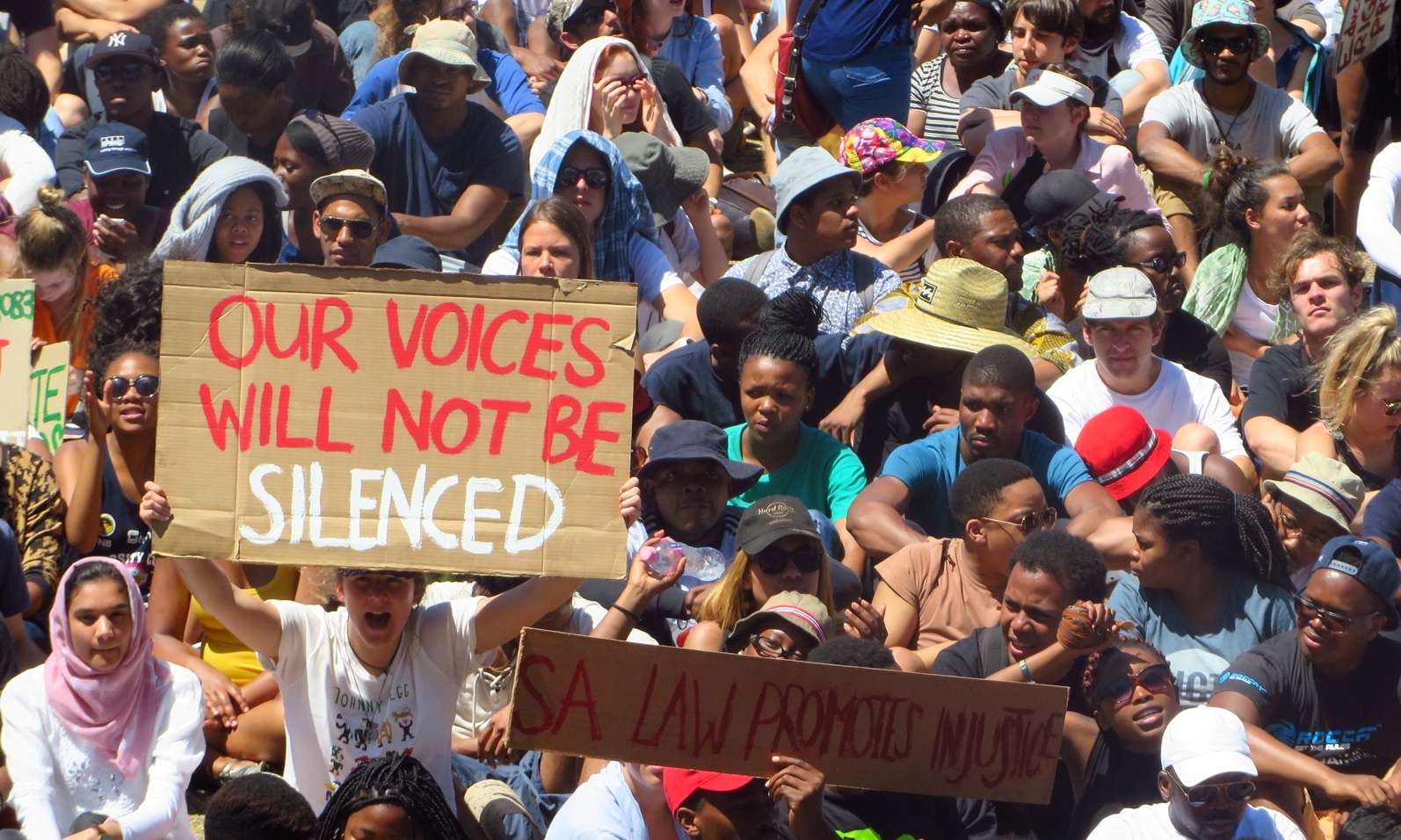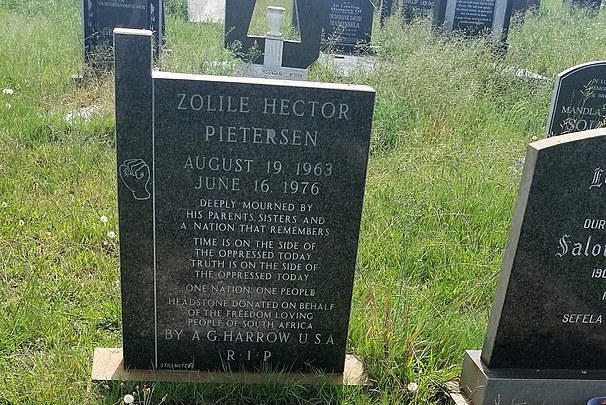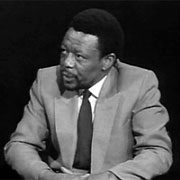From South Africa, Affirmation and a Call to Action
Posted on November 10, 2021

(This post follows up on some of the ideas in last week's article, "I Affirm…," which gives background on the South African rapper SIEP, his translator Andre Trantraal, and the Kaaps language.)
Reading and Watching the Rap Song "Affirm"
"Affirm," a South African rap song and video from the artist SIEP, goes one step beyond the promise in its title. The song affirms its listeners, and it also calls on them to act:
I affirm the soul in each person
I affirm the soul in each person
It’s clean as a bone with the vocal tone
Who is still suffering?
With the final line, this chorus challenges listeners to ask themselves "Who is still suffering?", suggesting that every person has the capacity—and perhaps also the obligation—to ask what we can do to ease the pain in the world.
Later in the song, which appears this month in the magazine Words Without Borders, SIEP takes on multiple identities—from the woman rapper MIA to an Olympic sprinter to a starving man—to underscore the commonalities among them. In the video, flash cuts between images and names seem also to reflect this quest: to find unity and solidarity in diversity.
Teaching "Affirm"
"Affirm," both the song and the video, employs a dizzying number of references, many of which students may not know. (For example, the song begins with a sample from a UN speech about projected malaria rates in sub-Saharan Africa.
However, students can quickly pick up the song's emotional tenor, its urgency and passion. They might also be struck by some of the individual lines ("In life the lesson comes after the examination") and begin, through both of these avenues, to get a sense of the larger meaning. For this reason, as a first step, we recommend simply sharing the video and lyrics with students:
"You might hear some unfamiliar terms, or see some names you don't know in the video, but don't worry about that now. Instead, listen for the song's emotions, noting any lines or images that resonate with you."
Next, divide the class into three groups, each focused on one of the three verses in the song. Students will research the visual and textual references in that verse:
"In Affirm, SIEP makes a lot of references to people and historical events. Some of those references are in the lyrics, like the name "Wayde van Niekerk," and others are in the video, like the posters on the wall behind SIEP. Some of the references may be familiar to you, while others may be unknown.
"All the references work together to create the meaning of the song. Research 3 references in your group's verse. At least one of the references should be visual, from the music video. Then, get ready to share what you have learned with the rest of the class."

Once the groups have presented their findings, you might lead a discussion, with questions like the ones below:
- How does it feel to hear the first line of the song, "I affirm the soul in every person"? What does this line seem to mean?
- In addition to our souls, what else does this song seem to "affirm"? Think about concepts, hopes, people, and historical events mentioned in the song.
- The chorus repeatedly asks, "Who is still suffering?" What do you think SIEP intends for listeners to think about when they hear this question? What are some possible answers to the question, based on other parts of the song?
Additionally, the class might look at "Affirm" through the lens of one of the U.N.'s seventeen Sustainable Development Goals for nations: equality for all citizens. Lyrics like "Yes, we’re still waiting for ninety-four" hint at persistent inequalities in South Africa, even after apartheid's formal end and significant progress in several areas.
Potential Assignments:

A. Essay: One of the creators of the first Kaaps dictionary commented:
We are drawn to hip hop’s desire to validate black modes of speech. In a sense, this is what a dictionary will do for Kaaps.
How does this song validate, or "affirm," Black modes of speech? (For example, why do you think SIEP chose to write and perform it in Kaaps rather than English, which he also knows? You might also consider the song's mention of Hector Pieterson.
How does this song affirm its listeners in a more general sense?
B. Creative Project: "Affirm" is in part an affirmation of the value of the Kaaps language, which was not always considered a valid language in South Africa.
Is there something in your own life or community which has also been marginalized, not given the respect it deserves? This can be a way of speaking, a group of people, a culture, or an idea. Write your own poem or song of affirmation in its honor. For extra credit, also create a video for your work.
C. Essay (Advanced): In the 1980s, when South Africa was still an apartheid state, the poet Mongane Wally Serote commented:
There is an intense need for self-expression among the oppressed in our country. When I say self-expression I don’t mean people saying something about themselves. I mean people making history consciously….We neglect the creativity that has made the people able to survive extreme exploitation and oppression. People have survived extreme racism. It means our people have been creative about their lives.
Re-read and re-listen to "Affirm" thought the lens of Serote's comment. What is your opinion of the connection Serote makes between oppression and creativity?
Pairs well with . . .
- "Nothing Remains Empty:" From Mexico, another poem of affirmation, inspired by indigenous Mazateco chants. (Below, author Juan Gregorio Regino reads the poem in Mazateco and Spanish.)
- Also appearing in Words Without Borders this month, fiction about growing up in South Africa from cartoonist Andre Trantraal, who also translated "Affirm" into English. This book chapter is itself a form of affirmation; as Trantraal himself notes:
“There isn’t exactly an abundance of stories about children from Coloured townships written by people who themselves know what it is like being a child growing up in a Coloured township.”



